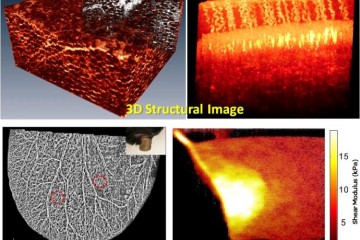CRACK IT Solution
Non-invasive in vivo tissue imaging with functional optical coherence tomography (OCT)

At a glance
Completed
Award date
July 2017 - November 2018
Contract amount
£49,947
Contractor(s)
R
- Refinement
